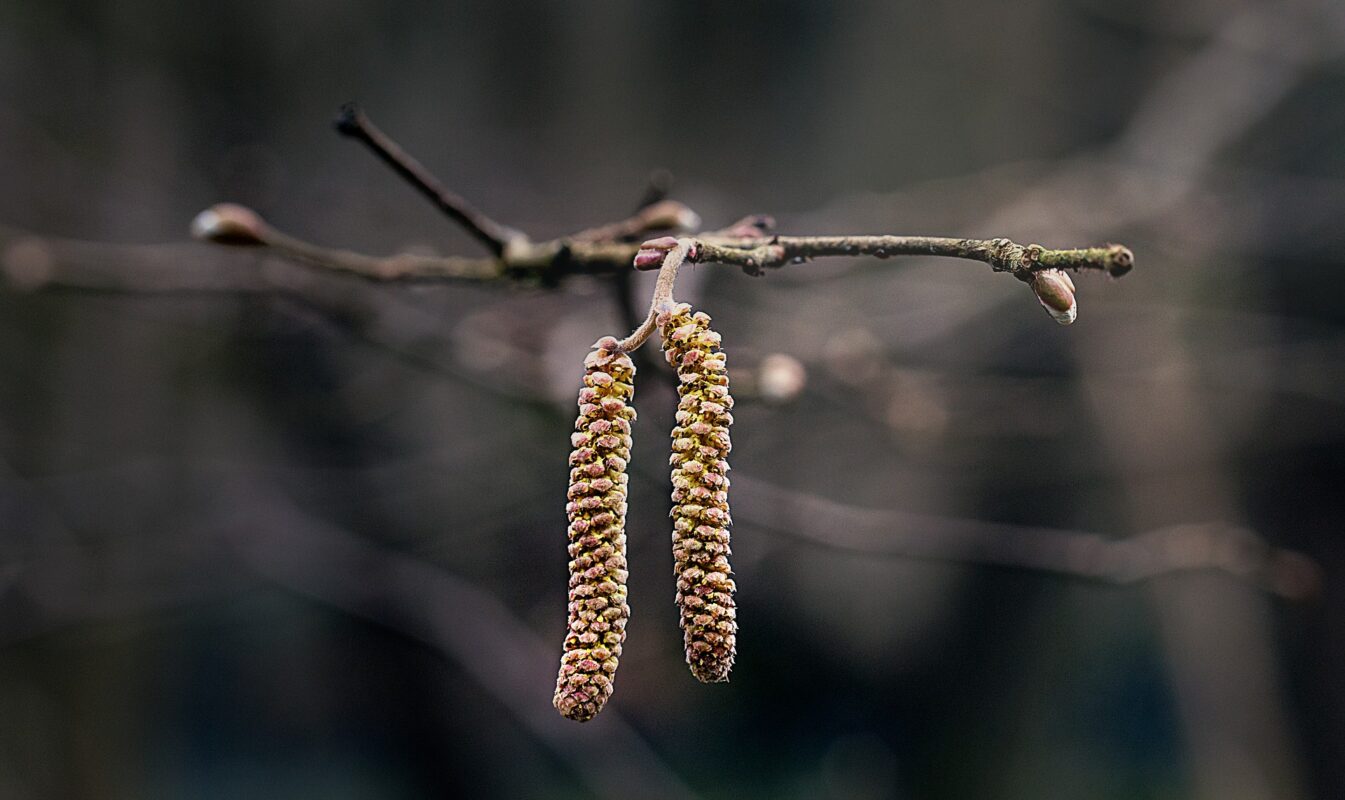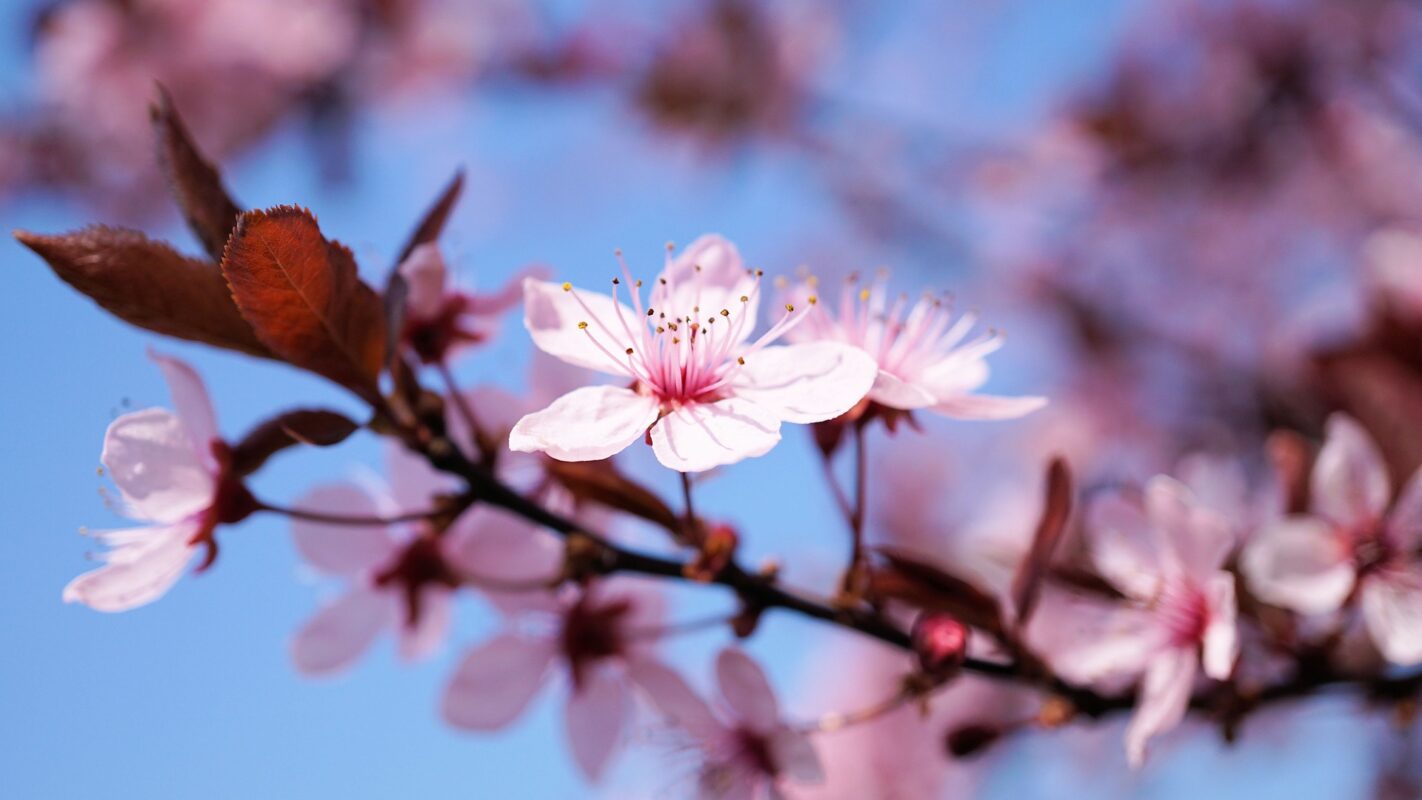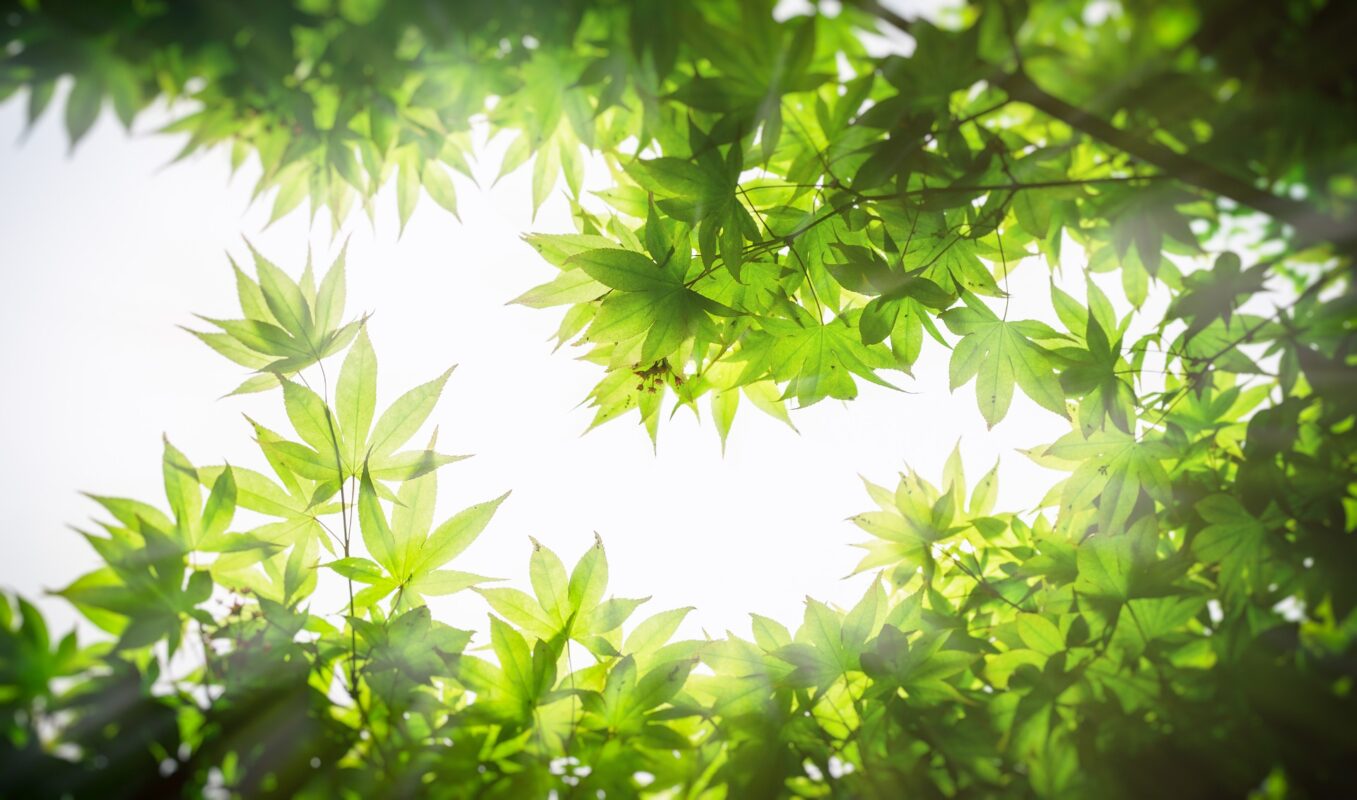People like fancy stuff, and wood is the standard material. We use wood in different ways, such as furniture, decorations, stamps, indications, and showpieces. However, are you familiar with the photograph on timber? Have you seen it for real? Could you distinguish the difference between each of the photos? This article “How to choose the best wood for laser engraving” will help you know all these questions. Laser engraving is when we can engrave any design or images on the wood’s surface. But Could you make a similar quality of the printing using different woods? Of course, No. So, keep reading this article; we will demonstrate how to choose the best wood for laser cutting.
Things you should know for wood laser engraving
You already know that the trees have different types in nature, and on the other hand, those different trees burn in various physical forms. As we will engrave on the wood surface, so we must know two different things related to wood laser engraving.
What is Resin?
Have you poked a tree before? If you did, you would find poking after sometimes trees begin to generate a sticky material to cover up the portion you already drove. The adhesive material which covers up the cutting surface of a material is the resin.
Resin is a solid viscous organic substance mostly found in the plant body. It is convertible into polymers. Generally, on the upper surface of the plant skin, the resin gland flows around the trees. In an easy word, you can call resin the blood of trees. The resin is a protective liquid that mostly flows through the tissues, protecting the trees from fungal and bacterial protection. Whenever any external damage occurs on a tree, the internal tissues are open in the air. Virus, and bacteria might quickly attack the inside tissues. In this case, the plant secrets its resin to protect the inner tissues.
How a laser burns the wood surface?
A laser machine produces electromagnetic radiation amplified through a magnifying lens that falls on the surface of metal, wood, or any other solid materials to engrave. Depending on the laser power and density of the emitted beam, the machine determines the cutting depth. Usually, the wood laser engraver doesn’t require much energy to engrave the wood’s surface.
The superheated beam hits the specific point on the timber surface burns the particular area. In timber photo laser printing, the cutting depth is negligible. Serial coding from the CNC machine helps the laser torch move along the operator’s exact design. In this way, point by point CNC laser engraver engraves the inserted image or designs.
How to choose the best wood for laser engraving
We now know about resin and how a CNC laser wood engraver engraves the wood’s surface. Therefore, it won’t be trouble to understand the following few points. Before choosing the best wood for laser engraving, you must consider these factors. It might save you both money and time. It will also help you to be cautious and to grow your business.
Check out the Resin Quantity
When the electromagnetic laser beam hits the wood’s surface, it burns the resin polymer first, and then it burns the other wood tissues. In this case, the wood with denser resin burns darker, and less wood resin burns lighter. The straightforward contrast design is more professional than the dim or more delicate design. Therefore, Checking the resin of the selected wood is essential.
Resinous wood typically is softwood species, such as pine, cedar, and fir. On the other hand, non-resinous trees are usually hardwood species, such as ash, elm, birch, apple, alder, aspen, madrone, locust, oak, and walnut. Therefore, the softwood usually provides darker laser engraving, and the hardwood typically provides lighter engraving.
If you are looking for a dark burn design, choose the resinous wood and if you are looking for a light burn design, choose the non-resinous wood. Keep in mind that the resin burns first. You should consider the amount of wood resin in that while you are planning for laser printing. But how do you know your wood has high or low resin content? In this case, you can follow general testing before you go for final printing.
You can print a logo of your company at the back of the wood plaque that won’t affect the main design’s customization. In this case, you will know the quality of the wood and the final printing result. Besides, Printing a logo will help you push your brand further.
Wood with Minimal Streaking
Streaking is a popular term in wood manufacturing. Wood Streaking usually makes the wood more shiny and protective from external bacterial attack. Usually, the wood manufacturer streaks the wood before they sell it because it lasts long. In this case, you should consider this wood streaking before you move for laser printing.
While laser engraving on wood, streaks can quickly rob the engraving of any detail. As a result, it becomes a distraction for engraved photos. Therefore, when shopping for lumber, choose the one with minimal streaks and has a smooth, consistent grain.
The lighter the wood is, the better the design quality
The lighter wood ensures a clearer and more quality design than the dark woods. In this case, the wood’s base color will have the color as the wood’s original color. As a result, while engraving the wood’s surface, the dark body will cause dark burns. Thus, the text on the design will be hard to read. The photos on the engraved surface will be dizzy and unprofessional.
On the other hand, the lighter wood burns dark that is clear and easy to read. The wood’s base color will help increase the contrast of the design’s texts and edges on the engraved surface. Consequently, if you want to make a quality design, you must consider this point. We recommend if you have an intricate and sharp-edged design, better look for lighter wood. Therefore, you should think about your product and plan before you jump into the laser operation.
The suitable Wood Species
We hope you know the points to consider choosing the best wood for laser engraving. In this section, we will present some wood species with different characteristics. It will help you to understand the physical requirements for each of the wood’s type. Based on your condition, you can think of any of these. They all have different uses in different fields of the engraving business.

Alder
This wood passes all the tests for laser wood engraving. Alder is a softwood and has a supple texture and minimal streaking. Besides, it has a lovely color that makes a precise, pleasant dark burn. There are a few knots, but it won’t affect the laser engraving clarity.

Cherry
This wood is typically light in color but has a high resin content. As a result, it provides a darker burn than alder. It is famous for making cabinets and furniture. It has high levels of streaking creates lurid engravings.
Maple

This wood is suitable for engraving images. Maple has light streaking, and it often burns dark. You can use both Cherry and Maple for the photo laser engraving. But Cherry provides the darker burns than Maple.
These three are the commonly used wood for laser engraving. If you are looking for the engineered woods for laser engraving, follow the list below.
Basswood
This wood is an ideal choice for many woodcarvers manufacturing. This wood is soft and even texture that makes it easy to engrave. Basswood is suitable for easy staining, painting, and finishing.
Balsa
Balsa comes from the tree Ochroma pyramidale. This wood is light-weight and makes an easy laser cutting. This wood usually grows in the South American rain-forest. It is also suitable for cutting, painting, and staining.
Veneers
This wood is famous for woodworking that refers to thin slices of wood and sometimes bark. The pieces are usually lighter than 3 mm. You can make a laser engraving on this type of wood and glue it on core panels such as doors, tops, cabinets, etc.
Plywood
The thin slices or “plies” of wood veneers glue together to make a plywood material manufactured. It is commonly used in woodworking nowadays. Most of the reading tables and tea tables are of these woods. It is also suitable for laser engraving and any engineering designs.
Others
Besides the above woods, there are plenty of woods that have different uses in different fields. Based on their pricing and stability, they have other benefits. They all also are suitable for laser engraving. Some of the examples are Medium-density Fiberboard, High-density fiberboard, cork, chipboard, etc.
Conclusion
It is now clear which wood is suitable for which design. We hope we have clearly stated each of the woods and their physical characteristics. These woods are 98% common in every industrial use. We promise that this article will help you bring the best quality designed wood for your business.
We have collected these pieces of information from our experiences. Also, we did broad research to bring you the best guide for laser wood engraving. Besides, CNC laser engraving machine ultimate guide and the best CNC laser engraving machine are two of our other creations related to laser engraving machine. We hope these all will help you to get complete knowledge on the Laser engraving techniques.
